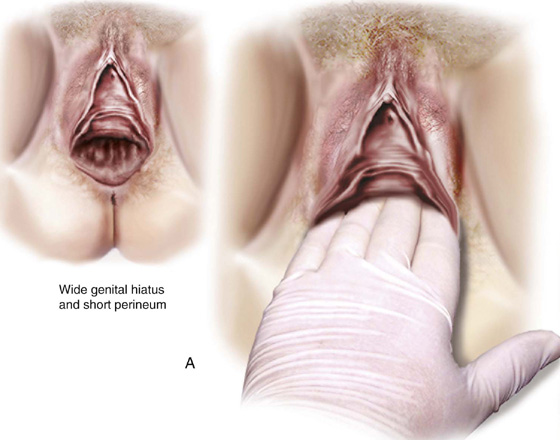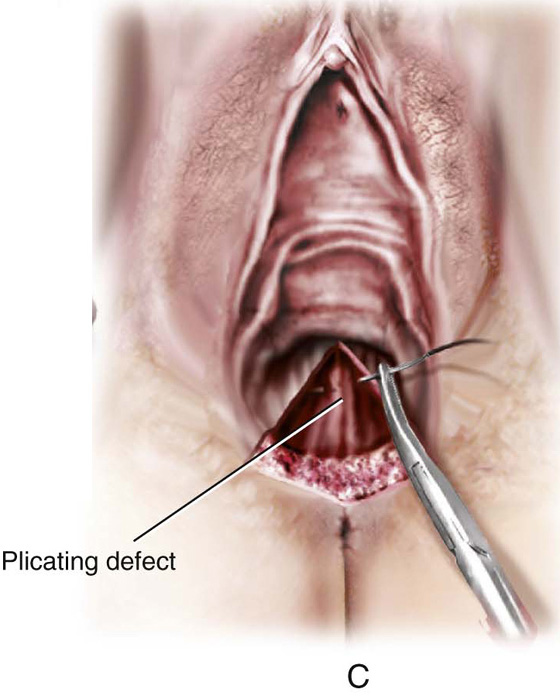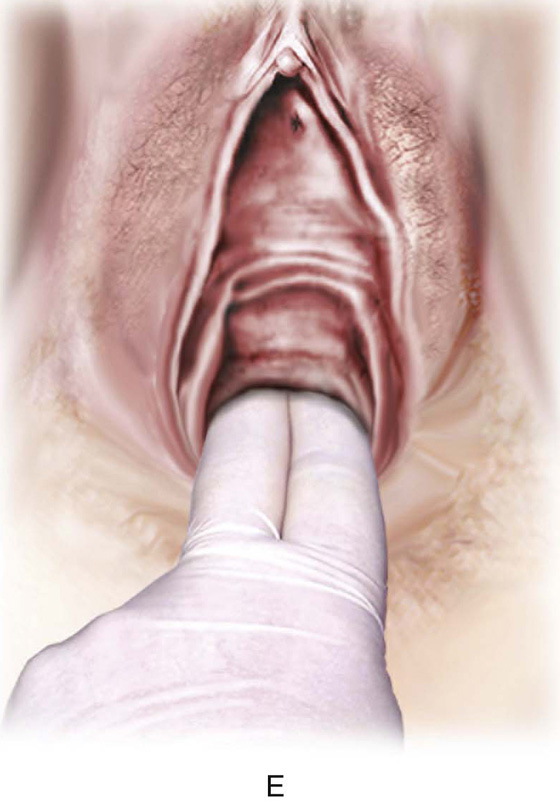Vaginoplasty With Perineal Reconstruction (Cosmetic Gynecologic Surgery)
The term vaginoplasty has been used to describe any reconstructive procedures performed on the vagina. This chapter specifically addresses the use of vaginoplasty with perineal reconstruction to tighten the introitus and vaginal lumen or to reconstruct the perineum for aesthetic or functional reasons.
Vaginoplasty often includes anterior and/or posterior colporrhaphy, in which portions of the mucosa are excised and the vaginal lumen and introitus are reconstructed. Unfortunately, no standardization for these types of procedures currently exists. The goal of all reconstructive procedures performed on the vagina should be to create a well-supported vagina of appropriate length and caliber. The axis of the vagina should not be deviated, with the vaginal vault having a slightly posterior direction toward the hollow of the sacrum. At the completion of any repair, the vaginal lumen should easily accept two fingers, and the posterior vaginal wall and perineum should have a perpendicular relationship. This usually is best accomplished by removing a diamond-shaped piece of tissue from the perineum and the posterior vaginal wall (Fig. 103–1). Every repair needs to be individualized to the patient’s specific anatomy.
Figs. 103–2 through 103–5 provide examples of a variety of patients undergoing vaginoplasty and perineal reconstruction. Fig. 103–2 shows a patient with a symptomatic rectocele and dyspareunia secondary to a large buildup of the skin of the labia minora at the level of the introitus. Note that the completed repair re-creates an appropriate relationship between the perineum and posterior vaginal wall while creating posterior vaginal wall support and decreasing vaginal caliber. Fig. 103–3 presents a patient with a widened genital hiatus, as well as a perineal defect. Figs. 103–4 and 103–5 both show young patients who required extensive perineal reconstruction after vaginal birth. In both cases, a xenograft (Surgisis; Cook Medical, Bloomington, Indiana) is used to fill in a perineal skin defect.
FIGURE 103–1 Technique of vaginoplasty and perineal reconstruction with the sole aim of tightening the vaginal introitus. A. Note the wide genital hiatus, which easily allows the insertion of four fingers. B. A diamond-shaped piece of tissue to be excised is marked. C. The tissue has been removed, and deep stitches are taken through the perirectal fascia and levator muscles to build up the posterior vaginal wall. Great care is taken to avoid the creation of a posterior vaginal wall ridge. D.













